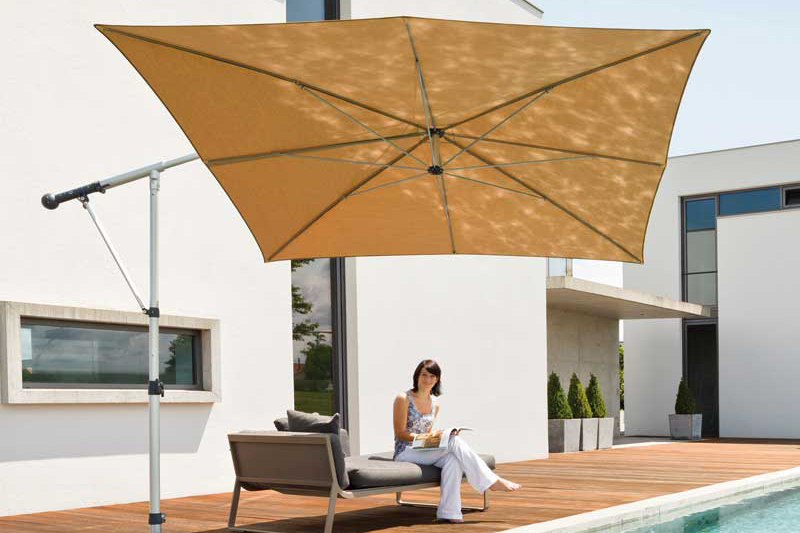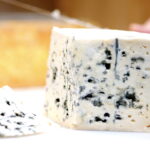When the sun shines bright in the middle of a summer afternoon, there are two types of people: those who retreat indoors with the curtains pulled shut, and those who find ways to stay outdoors comfortably. For the second group, shade becomes more than just a convenience—it is a lifestyle element. This is where markiseteppe steps into the picture.
Markiseteppe has become a popular term across Europe and beyond, describing stylish canopy and awning solutions that bring shade to markets, gardens, and cafés. More than a practical cover, markiseteppe represents a blend of design, comfort, and functionality. It’s about transforming open spaces into welcoming environments, whether that’s a local farmers’ market, a family garden, or a busy outdoor coffee shop.
The Roots of Markiseteppe
To understand the rise of markiseteppe, it helps to go back to the tradition of outdoor markets. For centuries, vendors have used simple cloths or makeshift roofs to shield their goods and themselves from direct sunlight. These early coverings were functional, but rarely elegant. As commerce grew and urban life expanded, people began looking for shade systems that could complement architectural style as much as they provided relief from heat.
Markiseteppe took the humble concept of a fabric covering and elevated it into a product that combines engineering with aesthetics. Today, it’s not just about blocking the sun. It’s about creating ambiance, signaling hospitality, and adding character to an otherwise ordinary space.
What Makes Markiseteppe Different?
Unlike basic umbrellas or plain tents, markiseteppe is usually designed with three principles in mind:
- Stylish Form – Whether modern or traditional, these shade systems are meant to look good. Patterns, colors, and structural designs align with the environment they serve.
- Durability – Built for daily use in public spaces, markiseteppe fabrics resist fading, tearing, and weather wear. The supporting structures are often made of lightweight yet sturdy metals.
- Versatility – From a single garden setup to a large open-air marketplace, markiseteppe comes in multiple sizes and styles, making it adaptable for both private and commercial purposes.
In short, it’s more than just a cover—it’s a design statement.
Everyday Places You’ll Find Markiseteppe
One of the easiest ways to see how markiseteppe enhances everyday life is to walk through a city that values outdoor culture. Chances are, you’ll spot these shade solutions in:
- Farmers’ Markets – Fresh produce looks more appealing when it’s not wilting under the sun. Vendors use markiseteppe to protect fruits, vegetables, and baked goods while creating an inviting shopping experience.
- Cafés and Restaurants – Outdoor seating thrives under comfortable shade. For business owners, a well-placed markiseteppe can double the number of guests they serve during warm months.
- Private Gardens – Homeowners install markiseteppe to enjoy family lunches, barbecues, or evening tea without direct sunlight. It brings the feel of a resort into the backyard.
- Public Events – Street fairs, book festivals, and music gatherings often use coordinated markiseteppe structures to create a sense of unity and style.
Wherever people gather under the open sky, markiseteppe plays a quiet but important role in shaping the experience.
The Design Side of Shade
What really makes markiseteppe attractive is the way it bridges practicality with beauty. Unlike the uniform look of industrial tents, these shade systems are customizable. Designers play with color palettes, patterns, and structural forms to suit the atmosphere.
For example, a vintage-inspired café may choose striped fabrics with wooden frames, while a sleek modern market may go for clean white canvases supported by steel. The fabric itself matters, too—lighter shades reflect heat, darker ones create cozy intimacy, and bold patterns add vibrancy.
This attention to design means markiseteppe doesn’t just provide shade; it enhances the mood of the space.
Materials and Technology
In recent years, advancements in material science have also shaped how markiseteppe is built. Fabrics are now engineered for UV resistance, water repellence, and long-lasting colorfastness. This makes them not only protective but also easier to maintain.
Meanwhile, frame technology allows for flexibility. Some markiseteppe are fixed in place, others are retractable, and some even come with motorized systems that extend or fold with the touch of a button. These innovations cater to different needs, from casual backyard users to high-traffic commercial areas.
Why Businesses Embrace Markiseteppe
For businesses, especially in hospitality and retail, investing in markiseteppe is more than just about shade. It directly affects customer experience. Imagine walking down a sunny street: you see one café with no cover, tables glaring under the sun, and another with inviting shade, cozy seating, and a gentle breeze. Most people will instinctively choose the second option.
In this sense, markiseteppe becomes part of marketing strategy. It attracts customers, encourages them to stay longer, and subtly communicates a sense of care. For vendors in markets, it also protects goods, reducing spoilage and waste.
Cultural Dimensions
In countries with strong outdoor cultures—think Italy, Spain, or Norway—markiseteppe plays into cultural traditions. Meals are shared outside, markets are central to daily life, and public squares often serve as gathering points. Shade structures enable these traditions to thrive even under harsh weather.
Interestingly, markiseteppe also adapts across climates. In hot regions, it provides sun protection. In cooler or rainy places, waterproof versions extend outdoor usability. Its flexibility makes it universally relevant.
Markiseteppe in Private Life
While businesses rely on it for customers, homeowners increasingly adopt markiseteppe for personal enjoyment. It’s about extending living space beyond four walls. A garden corner becomes an outdoor dining room, a balcony transforms into a reading nook, or a terrace doubles as an entertainment spot.
Families find that investing in a stylish markiseteppe encourages them to spend more time outdoors. Children can play safely without harsh sun exposure, and adults can host gatherings without worrying about unpredictable weather.
Sustainability and Eco-Friendly Aspects
Another growing factor in the popularity of markiseteppe is sustainability. As people become more environmentally conscious, they appreciate that shade structures reduce the need for energy-intensive cooling indoors. A well-placed canopy can keep interiors cooler, lowering reliance on air conditioning.
Furthermore, many manufacturers now use eco-friendly fabrics, recycled materials, or energy-efficient production methods. Customers who care about sustainability see markiseteppe not just as a lifestyle product but also as a conscious choice.
How to Choose the Right Markiseteppe
For anyone considering investing in a markiseteppe, a few factors matter:
- Purpose – Is it for a small garden, a café, or a busy market stall? The use determines size and strength.
- Style – Consider the surrounding architecture and personal taste. Do you prefer modern minimalism or classic charm?
- Climate – Waterproof fabrics for rainy areas, UV-protected fabrics for sunny regions.
- Budget – Prices vary depending on material, size, and custom features. Even basic models provide good value when chosen wisely.
By weighing these elements, users can find a solution that balances function with style.
Looking Ahead: The Future of Markiseteppe
As urban living continues to expand and outdoor culture grows stronger, markiseteppe will likely become even more integral to daily life. Expect smarter technologies—solar-powered retractable systems, fabrics that adapt to light intensity, and modular designs that can be rearranged with ease.
Designers are already experimenting with multi-functional structures that combine shade with lighting, heating, or even built-in plant systems. This makes markiseteppe not just shade but part of the architecture of the future.
Conclusion
Markiseteppe is more than fabric stretched across poles. It’s a symbol of how people adapt their environments for comfort, beauty, and community. From bustling markets to quiet backyards, these stylish shade solutions enrich daily experiences, encouraging people to live and gather outdoors.
As technology and design continue to evolve, markiseteppe will keep offering new ways to balance practicality with elegance. Whether you’re a vendor, a café owner, or simply someone who loves spending time under the open sky, markiseteppe proves that shade can be as stylish as it is functional.





